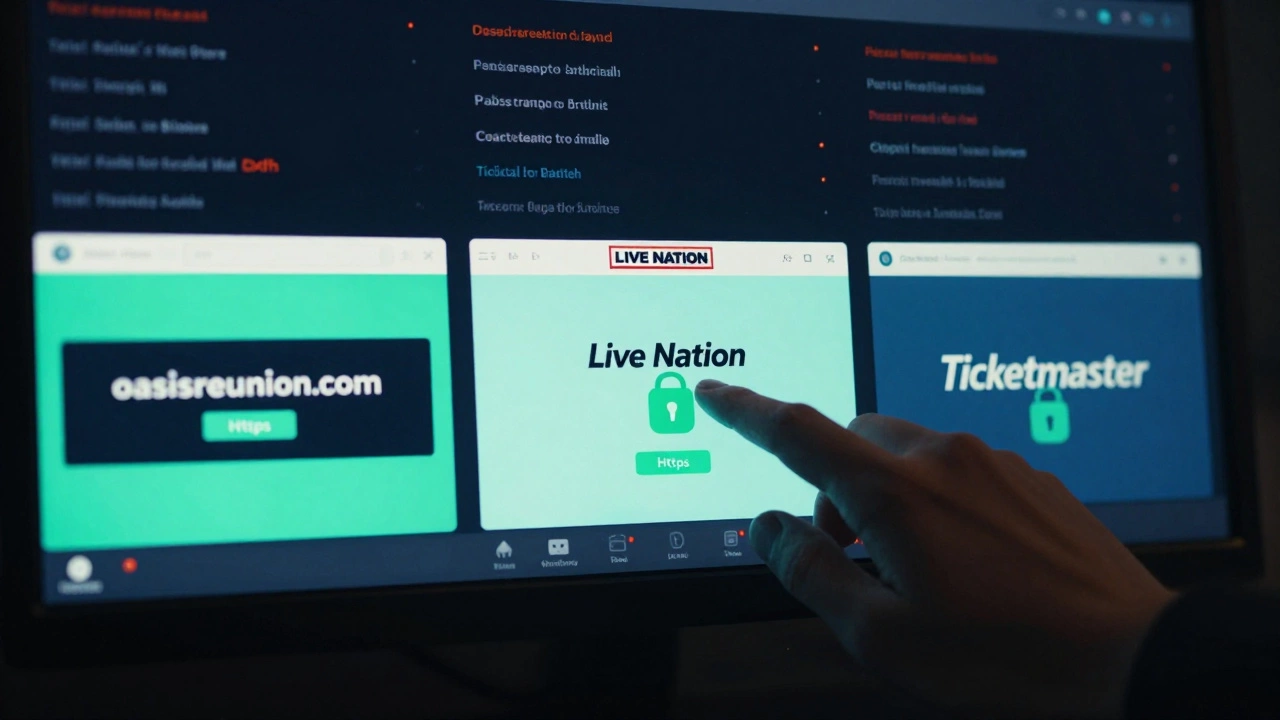Festival Budgeting Made Simple: Your Step‑by‑Step Guide
Planning a festival can feel like juggling flaming torches, especially when the money part gets fuzzy. The good news? You don’t need a finance degree to keep your event affordable. Below are clear actions you can take today to build a solid budget and avoid nasty surprises.
Start With a Rough Cost Sketch
Grab a spreadsheet or even a piece of paper. List every major line item you can think of: venue, permits, talent fees, sound & lighting, security, insurance, marketing, staffing, and contingency. For each, write a realistic estimate based on quotes you’ve received or prices you’ve seen at similar events. If you’re unsure, add a 10‑15 % buffer. This visual map shows you where the money will go before you spend a penny.
Tip: break large categories into sub‑items. Instead of “marketing,” write “social ads, flyer printing, and influencer fees.” The more detail you add now, the fewer hidden costs later.
Use Real Data, Not Guesswork
Research local venues and ask for itemised quotes. Many cities publish average permit fees online – use those numbers. Talk to other organizers who have run similar festivals; ask what they paid for sound rigs or security. When you have concrete figures, you can replace guesswork with facts, and your budget becomes trustworthy.
Example: If a three‑day outdoor festival usually costs £2,500 for a council permit, write that exact amount in your sheet. Knowing that upfront stops you from budgeting £1,000 and then scrambling for extra cash.
Prioritise Your Must‑Haves
Identify the top three things that make your festival unique – maybe it’s a headline band, a food market, or a kids’ zone. Allocate a larger share of the budget to those items and look for ways to cut elsewhere. If you’re spending too much on décor, consider DIY options or sponsorship deals.
Remember: a tight budget on non‑essential items rarely hurts the overall experience. Guests care most about music, safety, and good vibes.
Track Every Expense in Real Time
As soon as you sign a contract or make a purchase, log it in your budget sheet. Use a simple app or cloud‑based spreadsheet so you can update on the go. Watching the numbers change daily helps you spot overruns early and make quick adjustments.
Set a weekly review—spend 15 minutes each Monday checking if you’re still on track. If a line item is higher than expected, ask yourself: can I negotiate, find a cheaper alternative, or shift funds from a less critical area?
Build a Safety Net
Unexpected costs happen; rain delays, extra security, or a last‑minute talent change can chew into your budget. Reserve at least 5‑10 % of the total budget as a contingency fund. Treat it like a “rainy‑day” account that you only dip into when something truly unavoidable pops up.
Leverage Sponsorships and Partnerships
Local businesses love to be associated with community events. Offer them booth space, logo placement, or shout‑outs in exchange for cash or in‑kind support (like free food, equipment, or printing). A solid sponsorship package can cover a big chunk of your expenses without adding to the budget.
Final Checklist Before You Launch
- All line items entered with realistic numbers.
- Contingency fund set at 5‑10 %.
- Must‑have items funded first.
- Expense tracking system ready.
- Sponsorship agreements signed.
Run through this list with your team a week before the festival. If everything checks out, you’re ready to roll out an event that looks great and stays within budget.
Budgeting a festival isn’t magic; it’s about clear steps, honest numbers, and constant monitoring. Follow these simple practices, and you’ll keep the fun flowing while the finances stay under control.
The Real Costs of Attending Music Festivals: A 2024 Guide
Music festivals are thrilling experiences with a complex cost structure ranging from ticket prices to travel expenses. This article delves into the real costs you might face while planning to attend these events. By examining ticket variations, travel, accommodation, and survival essentials, it provides insight into how to budget effectively. Explore how early bird deals can benefit you and learn about the hidden costs often overlooked.






